Dunrobin Castle in Golspie is one of Scotland’s most popular attractions, drawing visitors from around the world with its stunning beauty.
Overlooking the North Sea, it has been the home of the Earls and Dukes of Sutherland since the 13th century.
And now managing director Scott Morrison is a part of Dunrobin Castle’s history, joining as assistant manager in 1997.
He welcome The P&J into the castle late this year – and shared insights into its unique history, ghost stories, and best-kept secrets.
The man behind the scenes at Dunrobin Castle
Mr Morrison – now 51 – was only 23 when he interviewed for an assistant manager position at Dunrobin nearly 28 years ago.
He was interviewed by the current 25th Earl of Sutherland, former Lord Strathnaver, and thinks it was his “honesty” that landed him the job.
Mr Morrison said: “I had a laugh with him about stealing apples from the castle grounds when I was a kid.
“He couldn’t believe that I had admitted to stealing from the person who was potentially going to give me a job and I think he saw some honesty in me.”
Mr Morrison, from Golspie, is one of 60 locals Dunrobin Castle employs. His mother, Sandra, worked as a cook at Dunrobin in the early ’90s and 2000s, and now one of his two teenage sons has become the third generation of the family to work at the castle.
“We are all local – the members of staff that travel the furthest do just 15 miles,” he said.
“The most enjoyable thing for me is to see people’s reactions when they’re leaving and hearing their comments on how much they’ve enjoyed looking around.”
Mr Morrison mentioned that many celebrities have visited over the years, but emphasised that no one receives special treatment, as all visitors are considered VIPs.
He also shared that he has met King Charles on several occasions, recalling a visit when the monarch came to commemorate the 150th anniversary of the Helmsdale to Golspie railway line
“He’s a fascinating person – I actually find him very normal – you can actually have a bit of a laugh with him,” he said.
“He took so much time to speak to some of the visitors that were here that day as we were still open to the public.”
The secrets behind Dunrobin Castle walls
From 1965 to 1972, Dunrobin served as a boys’ boarding school before returning to its role as a family home.
The castle, renowned for its 1850s gardens, became a tourist attraction in 1973.
Visitors touring Dunrobin can see 18 of the 189 rooms the castle has.
The P&J asked Mr Morrison about the 171 rooms they do not show – and we were kindly given access to areas not usually open to the public.
Exclusive photographs show the top two floors where the schoolboys slept more than 50 years ago.
The rooms have not been touched since they left in 1972.
“It’s like a time capsule I suppose,” Mr Morrison said.
We were also shown the patio of the keep, the oldest part of the castle dating back to the 13th century which survived a fire in 1915 that destroyed most of the estate.
We were also given a peek into the 80-feet well, which dates back to the 1500s.
Mr Morrison also took us to the top of the castle’s main tower, which he described as his favourite part.
From here, there are stunning 360° views of across the Dornoch Firth and the Moray Firth.
It is also an ideal spot for overlooking the gardens and the clock tower.
Although the clock tower did not survive the fire, there is a plaque on the clock that reads 1863.
There is also the castle’s basement, not open to visitors, which is mainly used for storage and includes the original kitchen, now a laundry room.
In addition, there are two apartments in the castle: one for the Sutherland family and another for staff.
Meanwhile, the private wine cellar, located in the basement and locked at all times, contains around 200 bottles, some from the early ’90s.
The ghosts of Dunrobin Castle
Mr Morrison also shared stories of the ghosts that are said to haunt the castle. One of the darkest tales is tied to the Seamstress’ Room, located in the original keep.
In the 15th century, it’s said that the 14th Earl kidnapped a young girl from the Mackay Clan and held her in the room, intending to marry her and unite the two clans, who had been feuding for 200 years.
However, she refused, and one night, attempted to escape through the window using a rope made of sheets.
As she was descending, the Earl entered the room in a fit of rage, drew his sword, and cut the rope, causing her to fall to her death.
Mr Morrison also mentioned an alternative version of the story, where she fell after the Earl unsuccessfully tried to pull her back.
The same ghost is also linked to a second tale, with some claiming the girl was actually the Earl’s daughter, who had fallen in love with the stable boy.
The nobleman disapproved of the romance, forbade her from seeing the stable boy, and locked her in her room.
However, she secretly arranged with a maid to smuggle in a rope so she could escape.
When the Earl discovered her plan and tried to pull her back, she tragically fell to her death.
Mr Morrison said: “Nobody has ever seen her, but it is said you can still hear her crying in the room.
“Staff have also seen figures – there’s supposed to be a figure of a man in the far end of the castle, in the older part, which was seen walking across the staircase but there’s no associated story with him.
“We have ghosts that don’t have a story, and we have a story that doesn’t have a ghost.”
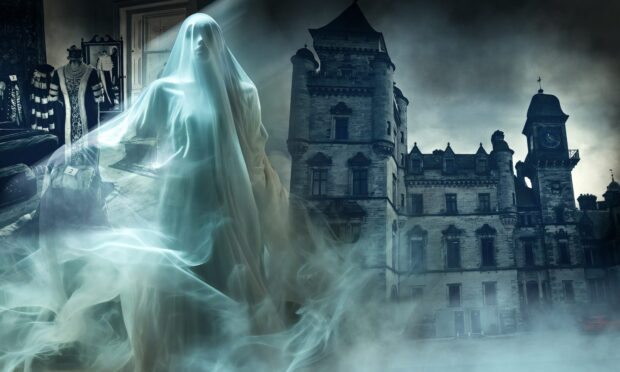
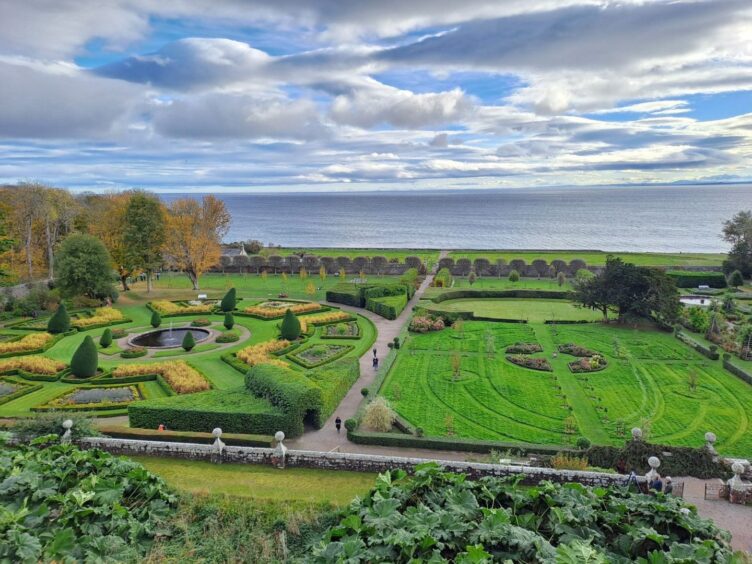
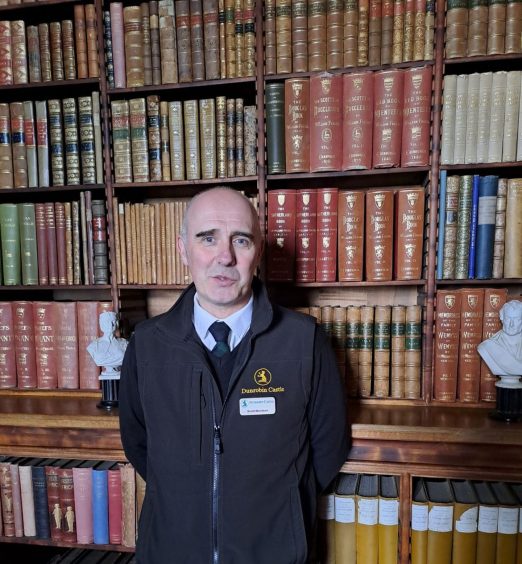
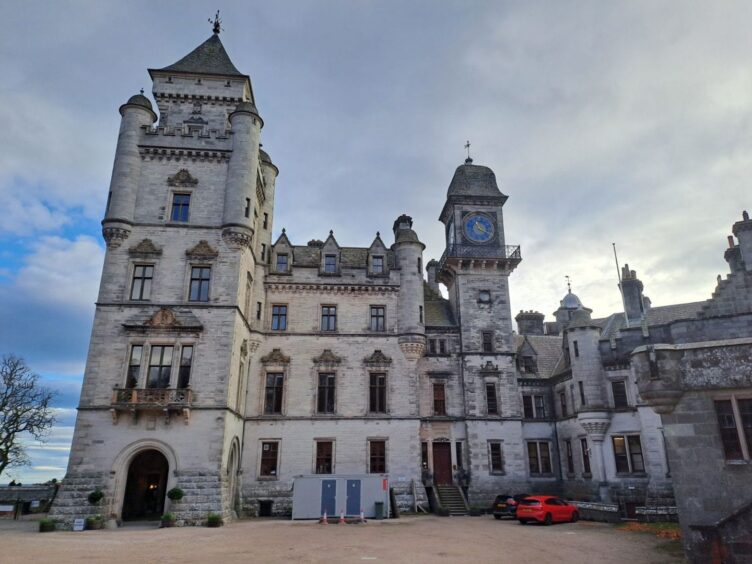
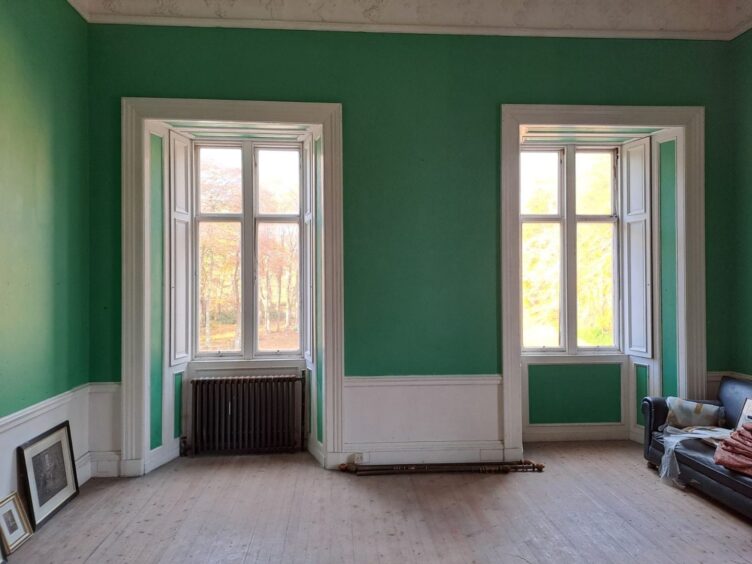
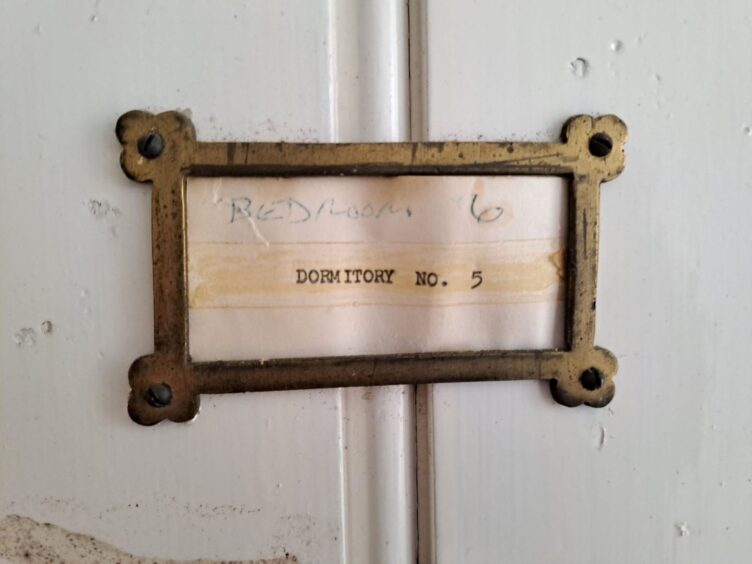
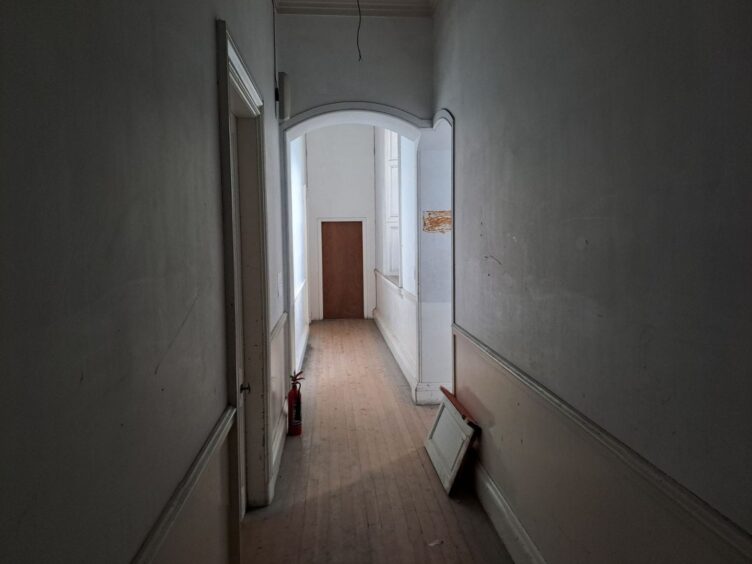
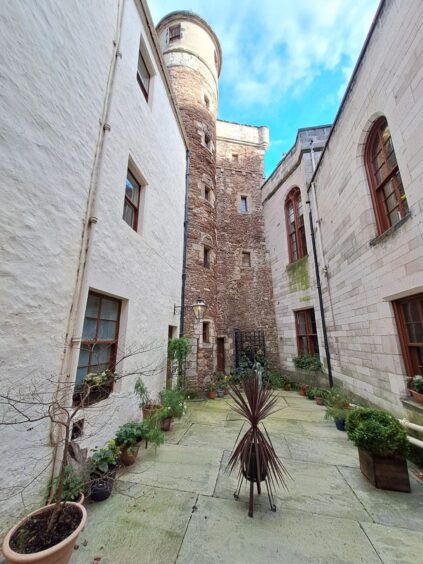
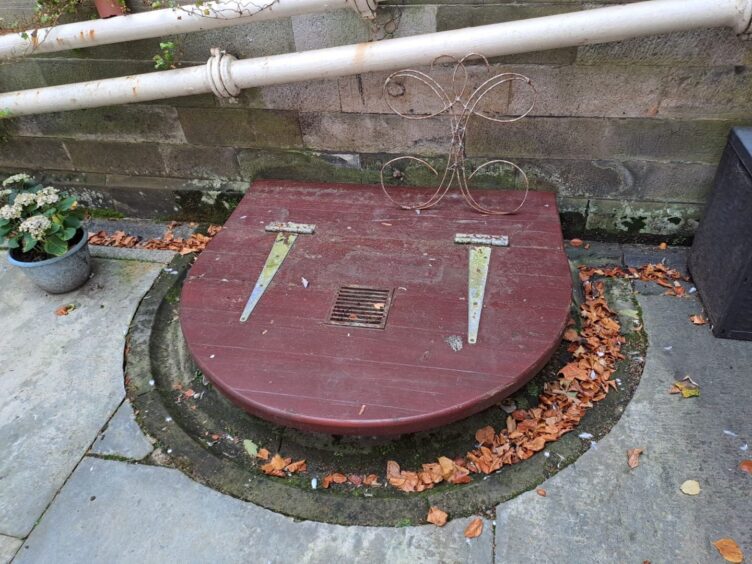
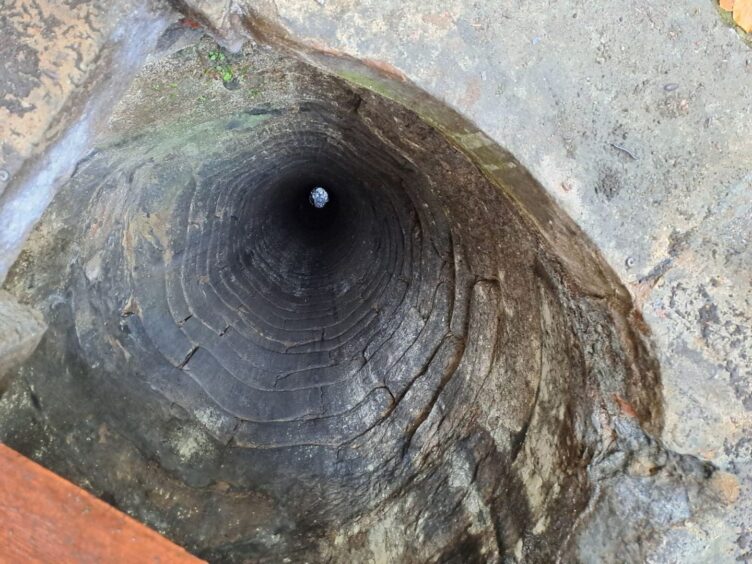
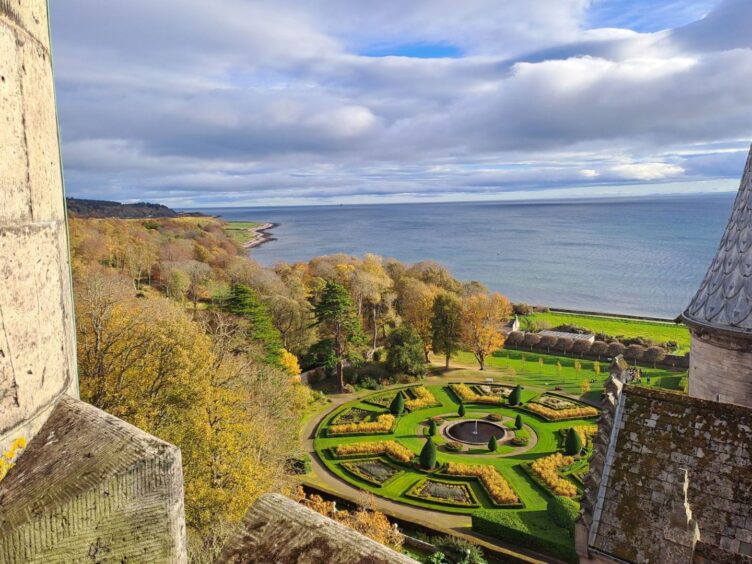
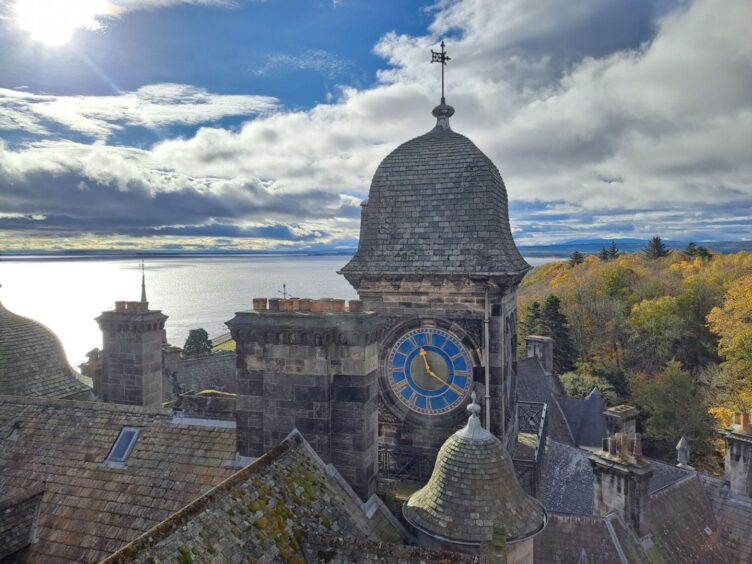
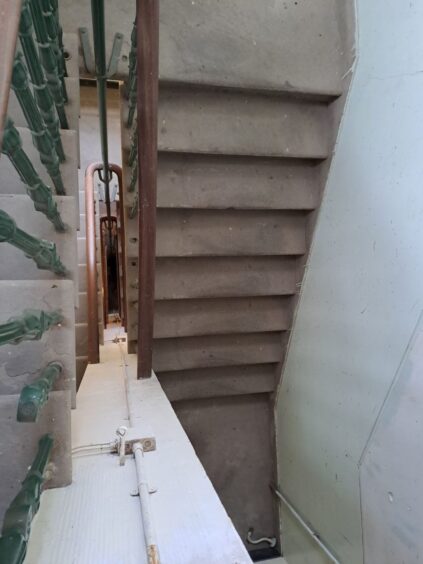
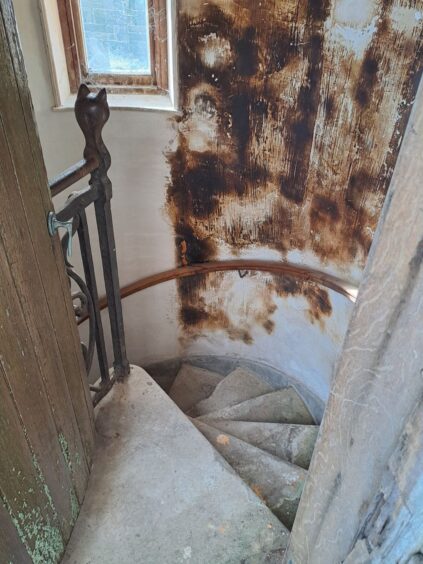
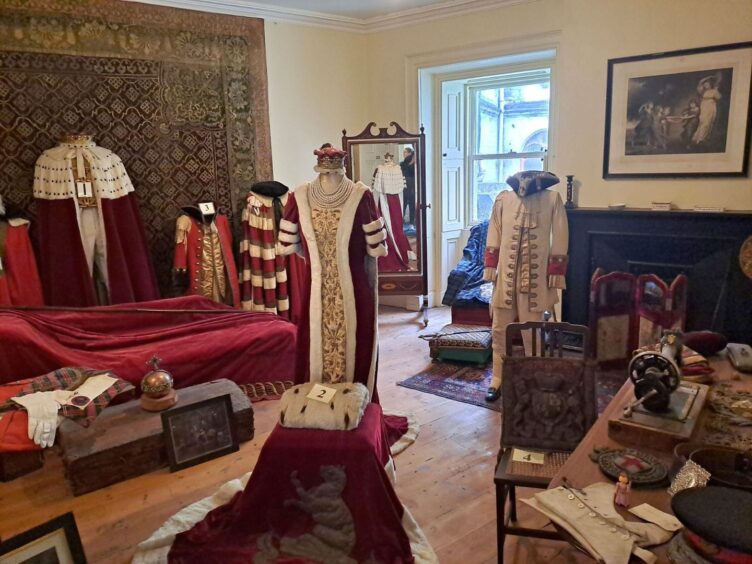

Conversation